Please check this site for possible changes in location or additional information.
The afternoon program in room F619 of the Science-Building (de Boelelaan 1081) .
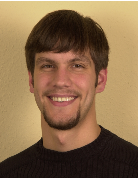
| 09:30 | welcome by Herman Verhoef (Rector Magnificus) in Aula | |
|---|---|---|
| promotoren Bas Kooijman, Ulrike Feudel; copromotor Bob Kooi | ||
| 09:30 | Introduction by Dirk Stiefs | |
| 09:40 | Prof. Dr. H. (Horst) Malchow | |
| 09:50 | Prof. Dr. J. (Johan) Grasman | |
| 10:00 | Dr. T. (Thilo) Gross | |
| 10:10 | Dr. W. (Wolf) Mooij | |
| 10:20 | Prof. Dr. J. (Jaap) van der Meer | |
| 10:30 | end of defence |
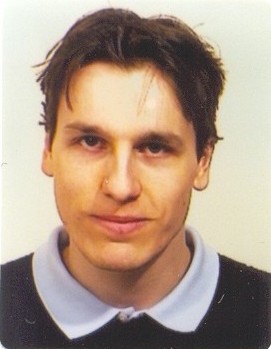
| 10:45 | welcome by Herman Verhoef (Rector Magnificus) in Aula |
|---|---|
| promotor Bas Kooijman; copromotoren Bob Kooi, Yuri Kuznetsov | |
| 10:45 | Introduction by George van Voorn |
| 10:55 | Prof. Dr. U (Ulrike) Feudel |
| 11:05 | Prof. Dr. B. (Bernd) Krauskopf |
| 11:15 | Dr. M. (Martin) Boer |
| 11:25 | Prof Dr. H. (Horst) Malchow |
| 11:35 | Prof. Dr. J. (Jaap) van der Meer |
| 11:45 | end of defence; start of closed meeting |
| 12:15 | ceremony |
| 12:30 | end of ceremony |
Dirk and George also have defended their theses succesfully in Oldenburg, Germany at 17 July 2009.
| 13:40 | Coffee | |
|---|---|---|
| 13:50 | Welcome by Bas Kooijman | |
| 14:00 | Horst Malchow: Patterns of predation, competition and invasion in a noisy environment | |
| 14:30 | Yuri Kuznetsov: Degenerate Bogdanov-Takens bifurcations in two and more dimensions | |
| 15:00 | Tea | |
| 15:30 | Ulrike Feudel: The interplay of hydrodynamics and plankton growth in the wake of an island | |
| 16:00 | Bernd Krauskopf: Invariant manifolds in the Lorenz system |
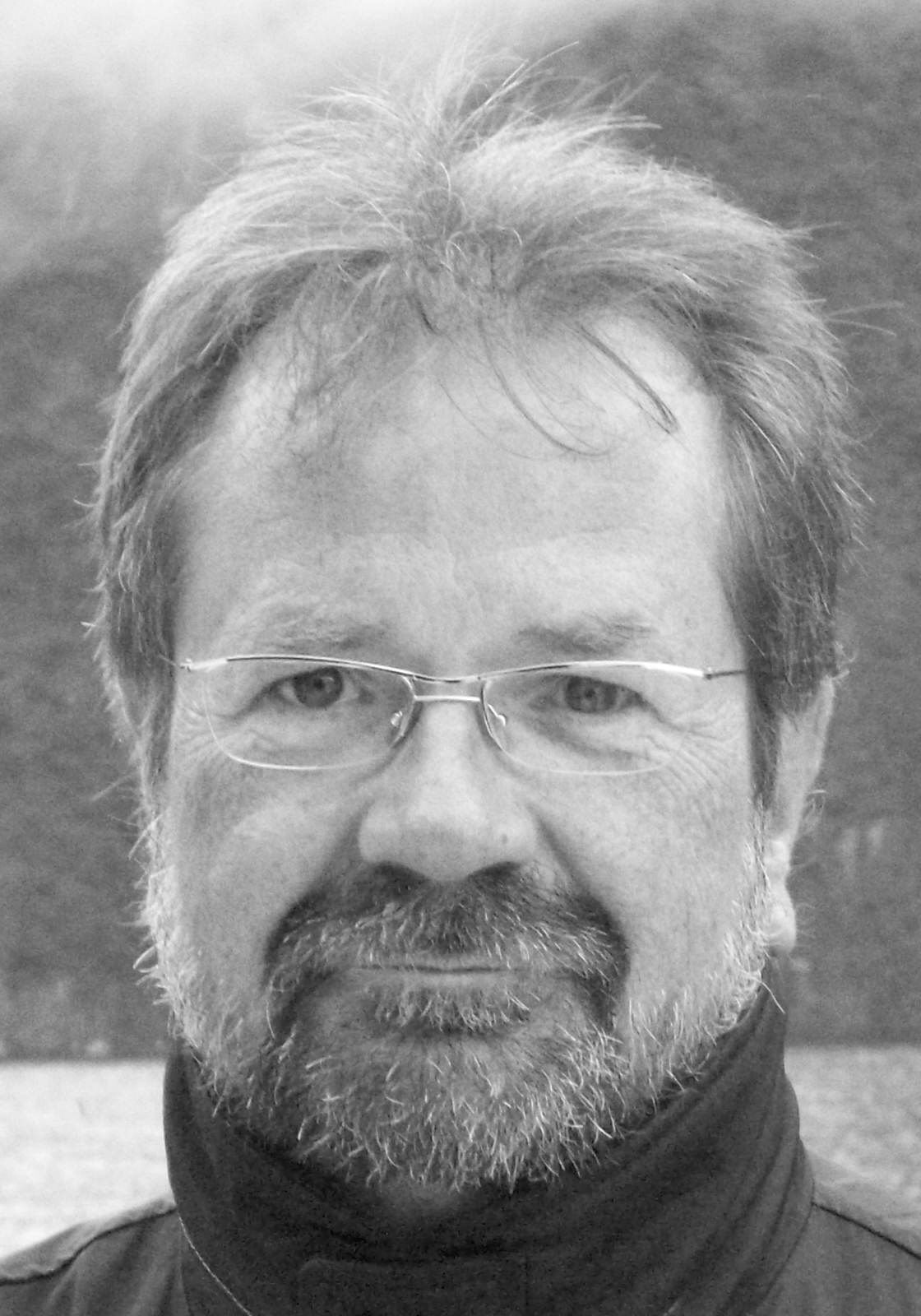 Patterns of predation, competition and invasion in a noisy environment
Patterns of predation, competition and invasion in a noisy environment
The formation and spread of spatiotemporal structures in simple predation and competition-diffusion models is demonstrated. The analysis of the local systems yields a number of stationary and/or oscillatory regimes. Correspondingly interesting is the spatiotemporal behaviour, modelled by reaction-diffusion equations. Environmental fluctuations are modelled as parametric as well as external multiplicative noise, using stochastic partial differential equations. Noise can enhance the survival of a population that would go extinct in a deterministic environment. In the parameter range of excitability and slow-fast dynamics of prey and predator, respectively, noise can induce local and global oscillations as well as local coherence resonance, global synchronization and stationary spatial structures. The results are related to plankton dynamics, partly with viral infections of the prey population. Considering invasion in a fragmented habitat, it is shown that the variability of fragmentation as well as the mobilities of natives and invaders drive the invasion.
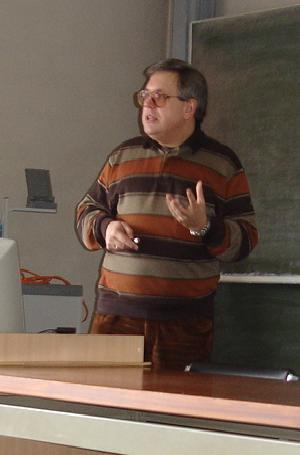 Degenerate Bogdanov-Takens bifurcations in two and more dimensions
Degenerate Bogdanov-Takens bifurcations in two and more dimensions
Equilibria of ODEs with a double zero eigenvalue will be considered, when one of the coefficients of the classical Bogdanov normal form vanishes. A short summary of known results on bifurcations of phase portraits in generic planar cases will be given. Then the case of a "triple equilibrium with an elliptic sector" will be revisited. It will be shown numerically that this case is unexpectedly similar to the much better studied "triple focus case", and give a planar ODE describing the two-stage (juvenile-adult) age-structured population dynamics, where a transition between the focus case and the elliptic case occurs. Explicit formulas for the critical coefficients of the degenerate BT normal form will be presented, which are valid for two- and more dimensional systems. The algorithm will be illustrated on with a prey-predator system by Bazykin.
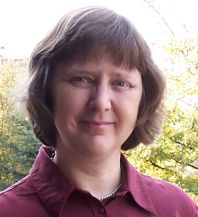
Plankton patterns as observed in satellite images of the ocean are a result of the interaction of population dynamics with physical transport processes. We study the planktonic biological activity in the wake of an island which is close to an upwelling region providing nutrients for the growth of the plankton. Our results are based on the numerical analysis of a simple kinematic flow mimicking the hydrodynamics in the wake coupled to a three component plankton model. We show that the mesoscale hydrodynamic structures can under certain conditions either act as a barrier blocking the transport of nutrients or facilitating transport of nutrients leading to an enhanced primary production. In particular we show that in a special case mesoscale vortices act as incubators for plankton growth leading to localized plankton blooms within vortices in the wake of an island. The mechanism of the emergence of these localized plankton blooms relies on the intricate interplay of hydrodynamic and biological time scales. Furthermore we show that mesoscale hydrodynamic structures play an important role for dominance patterns of competing species.
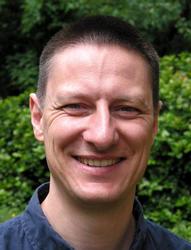 Invariant manifolds in the Lorenz system
Invariant manifolds in the Lorenz system
This talk will discuss how the stable manifold of the origin of the Lorenz system interacts with the unstable manifolds of secondary equilibria and bifurcating saddle periodic orbits.